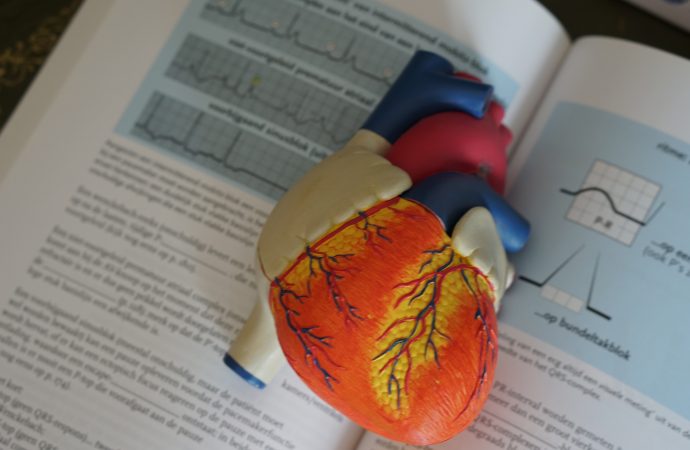Cardiac arrest is a serious medical emergency that can strike without warning. In the United States, more than 350,000 people experience cardiac arrest outside of a hospital setting every year. The survival rate for such incidents is low, but immediate intervention with cardiopulmonary resuscitation (CPR) and an automated external defibrillator (AED) can greatly improve the
Cardiac arrest is a serious medical emergency that can strike without warning. In the United States, more than 350,000 people experience cardiac arrest outside of a hospital setting every year. The survival rate for such incidents is low, but immediate intervention with cardiopulmonary resuscitation (CPR) and an automated external defibrillator (AED) can greatly improve the chances of survival.
CPR is a lifesaving technique that involves chest compressions and rescue breathing to keep oxygenated blood flowing to the brain and other vital organs. AEDs are portable devices that can deliver an electric shock to the heart to restore a normal heartbeat. When used together, CPR and AEDs can significantly increase the chances of survival for someone experiencing cardiac arrest.
According to the American Heart Association, the survival rate for out-of-hospital cardiac arrest can be as high as 60% if immediate CPR and AED use are administered. However, without immediate intervention, the survival rate drops by about 10% for every minute that passes. This means that time is of the essence when it comes to responding to cardiac arrest emergencies.
It’s crucial for individuals to learn CPR and AED use, as well as for public places such as schools, workplaces, and sports facilities to have AEDs readily available. In many states, there are Good Samaritan laws that protect individuals who use AEDs in emergency situations.
The key to saving lives during cardiac arrest is swift action. If you witness someone experiencing sudden cardiac arrest, the American Heart Association recommends calling 911 immediately, starting CPR, and using an AED if available. Remember, every second counts in saving a life.
In conclusion, knowing how to perform CPR and use an AED can mean the difference between life and death during a cardiac arrest emergency. These simple techniques can greatly increase the chances of survival, and it’s important for individuals and communities to take proactive steps to ensure that these resources are readily available in case of an emergency.























Leave a Comment
Your email address will not be published. Required fields are marked with *